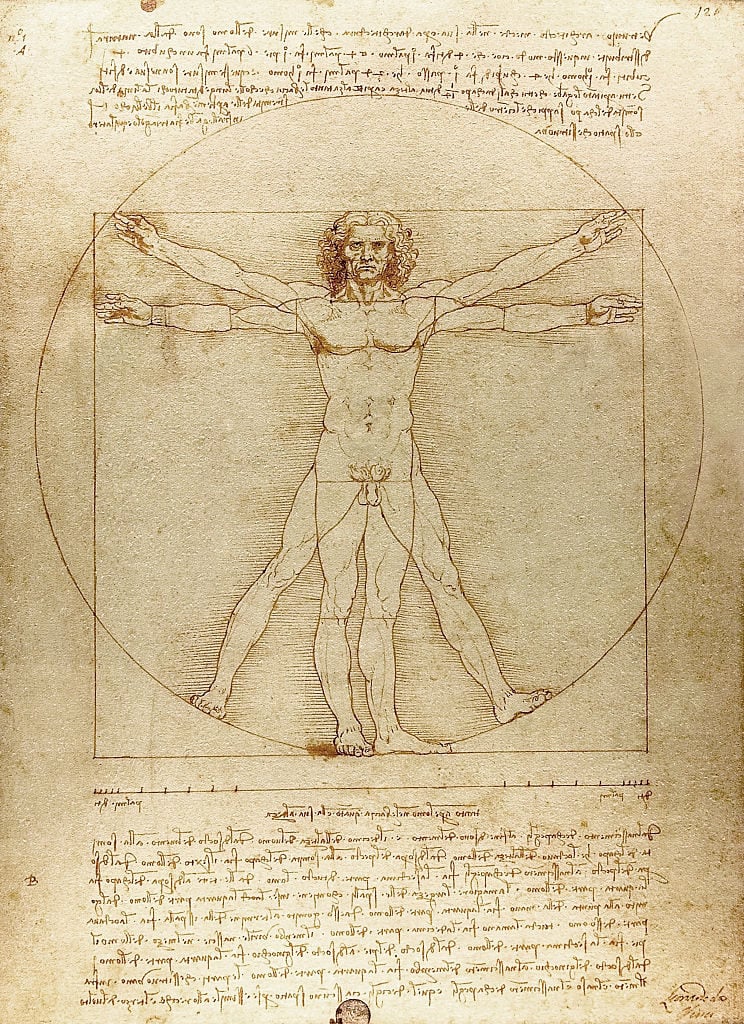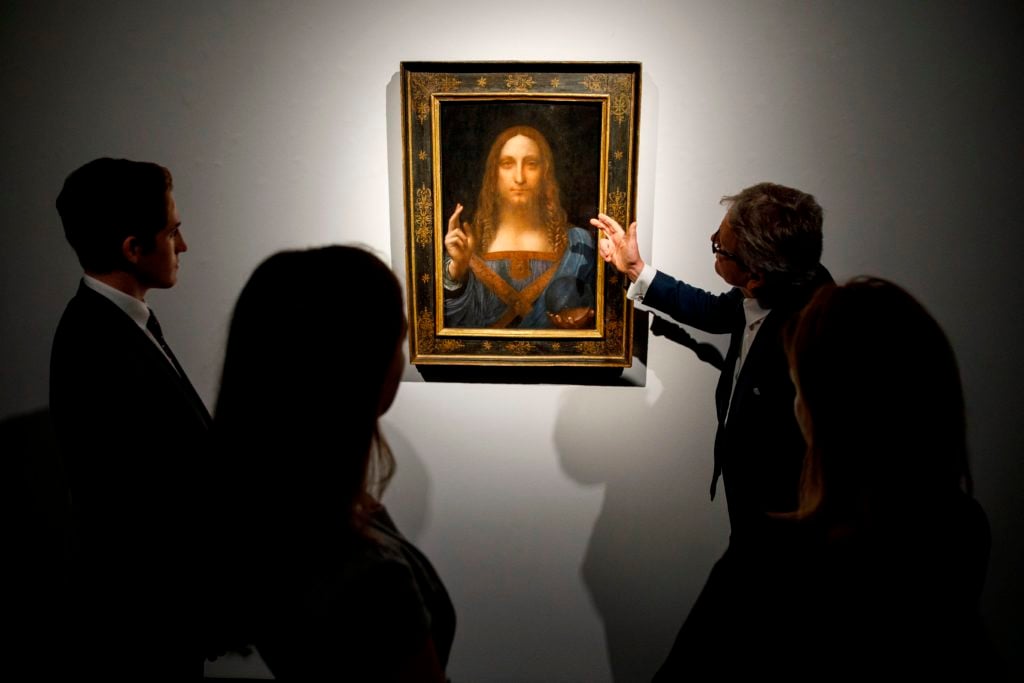Law & Politics
An Italian Court Rules Once and for All to Allow Leonardo da Vinci’s ‘Vitruvian Man’ to Travel to the Louvre, Ending Years of Legal Wrangling
The upcoming Louvre retrospective marks the 500th anniversary of the artist's death.

The upcoming Louvre retrospective marks the 500th anniversary of the artist's death.

Eileen Kinsella

The Louvre Museum is celebrating a big win now that an Italian court has ruled to allow Leonardo da Vinci’s world-famous drawing Vitruvian Man (1490) to travel to Paris for a blockbuster show of works by the artist opening October 24.
The decision, first reported by Italian radio station RTL, reverses a lower court ruling earlier this month that had blocked the loan and marks the end of a two-year battle over the decision.
The conservative cultural preservation organization Italia Nostra had argued that the work is too fragile to travel. But the Administrative Court of Veneto rejected Italia Nostra’s appeal, saying it did not present sufficient evidence to support its argument against the loan, according to RTL. The Louvre did not immediately respond to request for comment.
Italian culture minister Dario Franceschini tweeted that the court ruling reaffirmed the fact that the ministry had acted appropriately when it first supported the loan more than two years ago. “Now the great Italo-French cultural operation of the two exhibits on Leonardo in Paris and Raphael in Rome can begin,” he wrote.

Leonardo da Vinci’s Vitruvian Man (Canon of Proportions) (c. 1490) at Gallerie dell’Accademia in Venice. Photo: VCG Wilson/Corbis via Getty Images.
In exchange for the loan of Vitruvian Man and several other works, the Louvre will send two Raphael paintings and several drawings to Rome for a show next year that commemorates the 500th anniversary of Raphael’s death, according to the New York Times.
Italia Nostra made it clear it is not happy about the court reversal. “If being included in the list of assets that belong to the main fund of a gallery or museum fails to prevent the expatriation of an iconic work and if the indications of the restorers and conservators are all questionable, then today is a bad day for the future of heritage of Italy,” said the organization’s president, Mariarita Signorini, in comments posted on Italia Nostra’s website.
Il TAR del Veneto respinge il ricorso e dichiara pienamente legittimo l’operato del @_MiBACT. Ora può partire le grande operazione culturale italo-francese delle due mostre su Leonardo a Parigi e Raffaello a Roma. pic.twitter.com/Fm7EifQDsE
— Dario Franceschini (@dariofrance) October 16, 2019
“Italia Nostra will not give up because it considers a victory to have raised with determination and courage the unresolved issue of loans and travel of priceless works of art kept in our museums,” Signorini added.
Vitruvian Man is seldom loaned out and due to its need for protection from direct light and constantly monitoring. It is not permanently displayed even at its home, the Galleria dell’ Accademia in Venice, according to the Times. Earlier this year, the drawing was shown in Venice as part of a Leonardo exhibition there. Prior to that, it was last exhibited in 2013.
Meanwhile, questions are still swirling about the condition and location of another controversial Leonardo work, Salvator Mundi (circa 1500), which sold at Christie’s New York in 2017 for a record $450.3 million (with premium).

Christie’s employees pose in front of Leonardo’s Salvator Mundi in London on October 22, 2017 ahead of its sale at Christie’s New York on November 15, 2017. Photo: Tolga Akmena/AFP/Getty Images.
The Washington Post reports that Louvre curators Vincent Delieuvin and Louis Frank explicitly requested the work from the owner, believed to be Saudi Crown Prince Mohammed bin Salman, who the CIA accused last year of ordering the murder of American journalist Jamal Khashoggi.
Shortly after the painting was first sold, the Louvre Abu Dhabi announced via Twitter that it was to be the new home of the painting. But the display was indefinitely delayed and in the ensuing years and doubts about its attribution to Leonardo da Vinci have intensified.
“Barring a last-minute surprise,” the Post says, “the painting will be a no-show.”